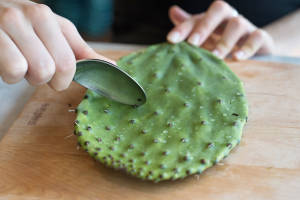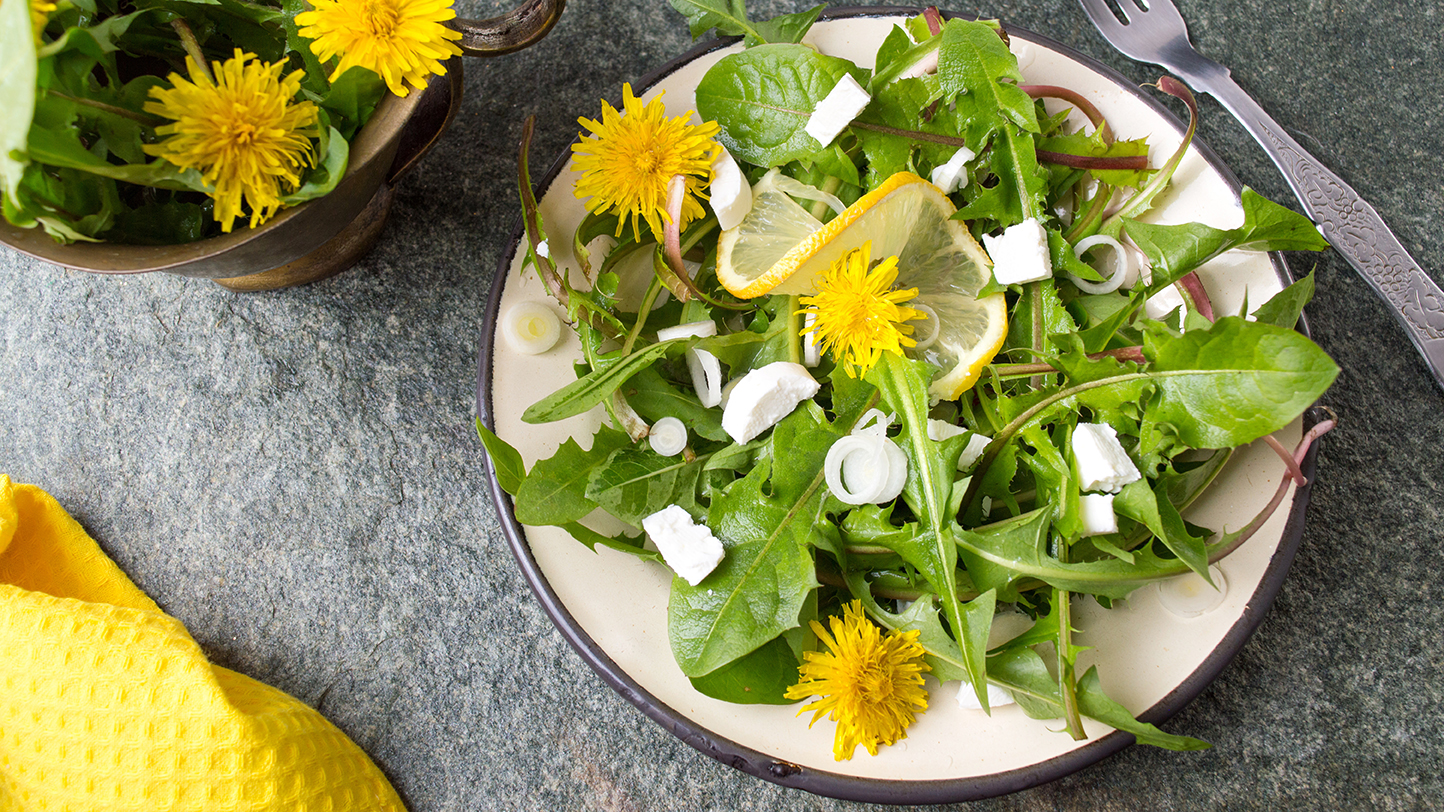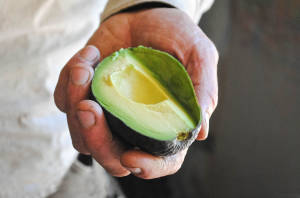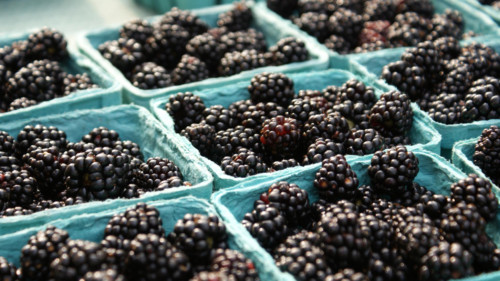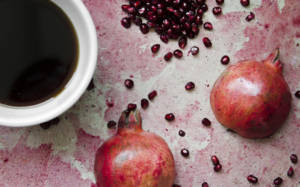6 Foods That Help Stabilize Blood Sugar
Many people know that carbohydrates, when consumed in excess, can cause a number of inflammation-related health problems, from excess weight gain and anxiety to poor digestion and insulin resistance. It’s taken years to undo the damage accrued from the old, faulty food pyramid that placed carbohydrates at the bottom and to get people to understand that yes, fruit is sugar, too– and so are grains, as far as our bodies are concerned.
Still, there are other health benefits associated with eating fresh fruit and whole grains when they are consumed in moderation (there isn’t much science to support any benefits of straight sugar, though).
What that means is that you can have your cake and eat it too– just be sure to maintain a well-balanced diet, especially if you are at risk for diabetes. For those looking to control their blood sugar levels using integrative nutrition, these six herbs, spices, and other nourishing foods can help.
Cinnamon
According to one study profiled in WebMd, when participants in a study ate 1 to 6 grams of cinnamon for 40 days, (one gram of ground cinnamon is about half a teaspoon) the researchers found that cinnamon cut their blood sugar levels by 24%. A chemical found in cinnamon called cinnamaldehyde also has been shown to trigger fat cells to generate heat, while also boosting the activity of certain genes that control enzymes important to lipid metabolism (according to research explained in Episode 1102 of NPR’s The People’s Pharmacy). While it’s too soon to tell if cinnamon can help you lose weight, evidence suggests a sprinkle of it on your oatmeal, in a smoothie, or on fruit will help stabilize blood sugar.
Prickly Pear
Prickly Pear, also known as nopal, is the edible fruit of the nopal cactus that is most famous for its anti-aging benefits. But according to Mayo Clinic, some preliminary evidence suggests that prickly pear cactus can decrease blood sugar levels in people with type 2 diabetes. Prickly pear is rich in Vitamin C and also contains betalains, a rare class of antioxidants that is responsible for the rich color of beets and red Swiss chard. Prominent integrative medicine doctors like Tieraona Low Dog, M.D., and Dr. Weil often recommend prickly pear as a supplement, a pulp-rich juice, or as a raw or cooked whole food. (But our research suggests that it is best always to eat your nutrients, rather than to swallow them.)
Leafy Greens
Of course, you already knew this. Leafy greens are pretty much the cure-all for every ailment (anxiety and insomnia chief among them) but they are also an excellent low-calorie filler food that can be cooked in butter or doused in dressing beneath a protein like wild fish or grass-fed meat. Soluble fiber from the pulp of plants, such as beans, carrots, and leafy greens, swells like a sponge in your intestines and traps starch and sugar in the gaps between its molecules. Add a handful of nuts and some fresh avocado and you’ve got yourself a delicious, filling salad that doesn’t feel like a sacrifice.
Wholesome Fats
Olive oil, avocados, fatty fish, nuts, and high-protein dairy (ideally organic and grass-fed) is key to combatting the blood sugar spike that happens when you consume a large amount of sugar or carbohydrates. 50 years ago, the sugar industry quietly paid researchers to blame fat, rather than carbohydrates, for their role in the growing heart disease and obesity epidemic, even though Harvard researchers had published New England Journal of Medicine accredited research suggesting a link between sugar and heart disease.
Today, we know better, and further research suggests that consuming fat (which is not as bad as we previously thought– in fact, it’s very good for you!) can help control and moderate the uptake of sugar, slowing the digestive process so that when you consume it with fat, it doesn’t tank your blood glucose.
Berries or Melon
Of all the fruits, berries and melon are the best, highest-nutrient, and lowest carb options for people looking to satisfy their fruit cravings without the sugar spike that comes with eating mango, papaya, apples, or other supersweet fruits like bananas or persimmons. Blueberries, sea buckthorn, and cranberries in particular are rich in antioxidants and bioactive nutrients.
A study published in the Journal of Nutrition in 2010 found that a daily dose of blueberries increases sensitivity to insulin (this is a good thing, despite the paradoxical wording) and may reduce the likelihood, in at-risk individuals, of developing diabetes.
Bitter melon, also known as bitter gourd or karela (often used in Indian cuisine) has also been shown to lower glucose levels, though more research is required. In general, though, it seems that bitter, wild foods have positive, inverse reactions to the effects of sugar.
Vinegar
Looking for a functional salad dressing? Vinegar increases insulin sensitivity, and is high in acetic acid, which deactivates amylase– the enzyme that turns starch into sugar. Because amylase acts on starch only, it has no effect on the absorption of refined sugar, which makes it great for use in the same meal with bread or pasta, but not candy. (Which is great considering most people eat salads with bread or pasta. Perhaps the Italians were on to something.) Those looking for a twist on the classic should also try pomegranate vinegar— it’s great with grilled fruit!
For best results, consume your vinegar towards the beginning of the meal (e.g. on a salad) or sprinkle a few teaspoons on meat or vegetables for a nice, tangy bite.
Cool, right? Vinegar is full of surprises these days.




























